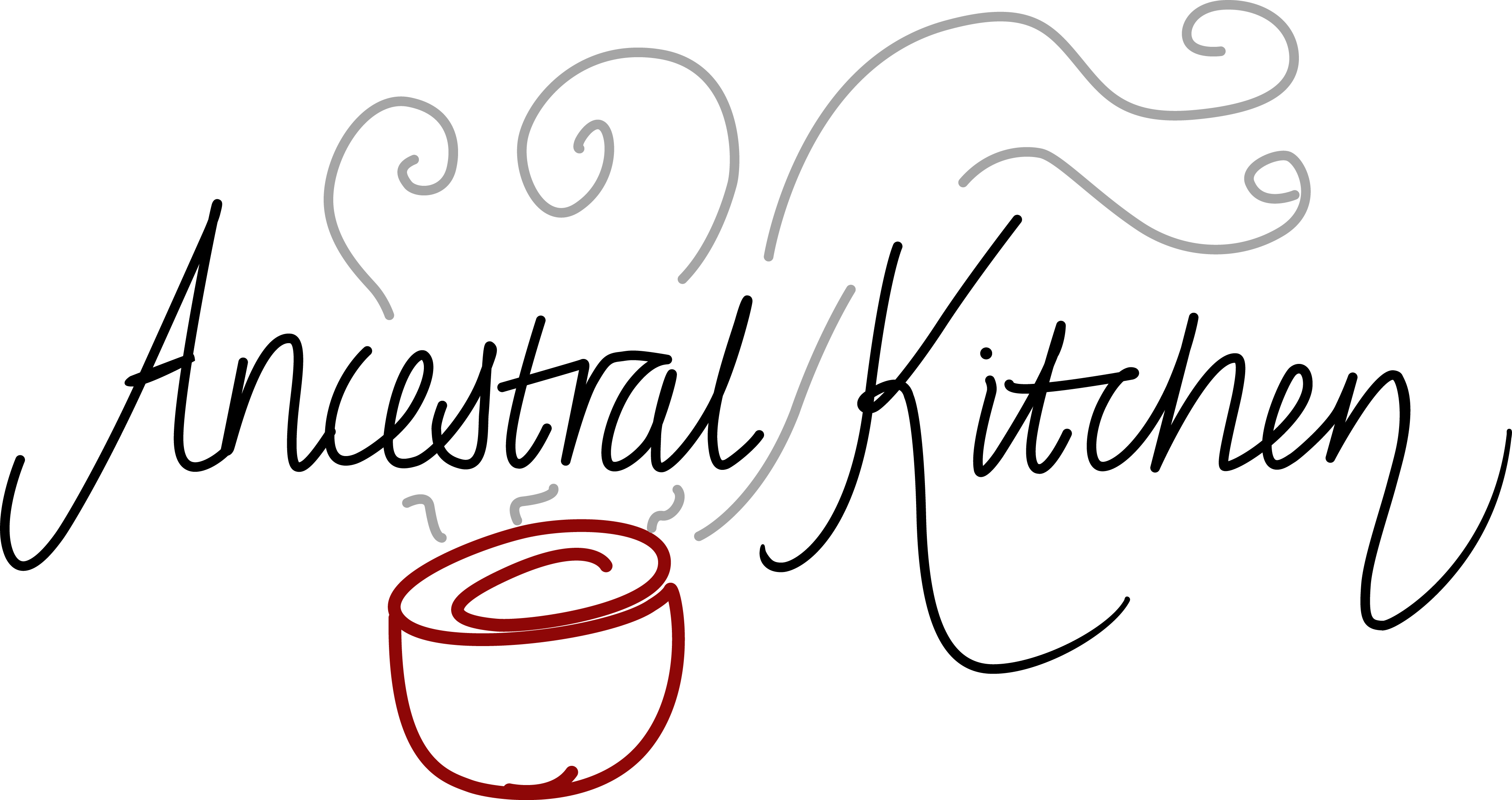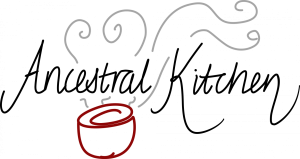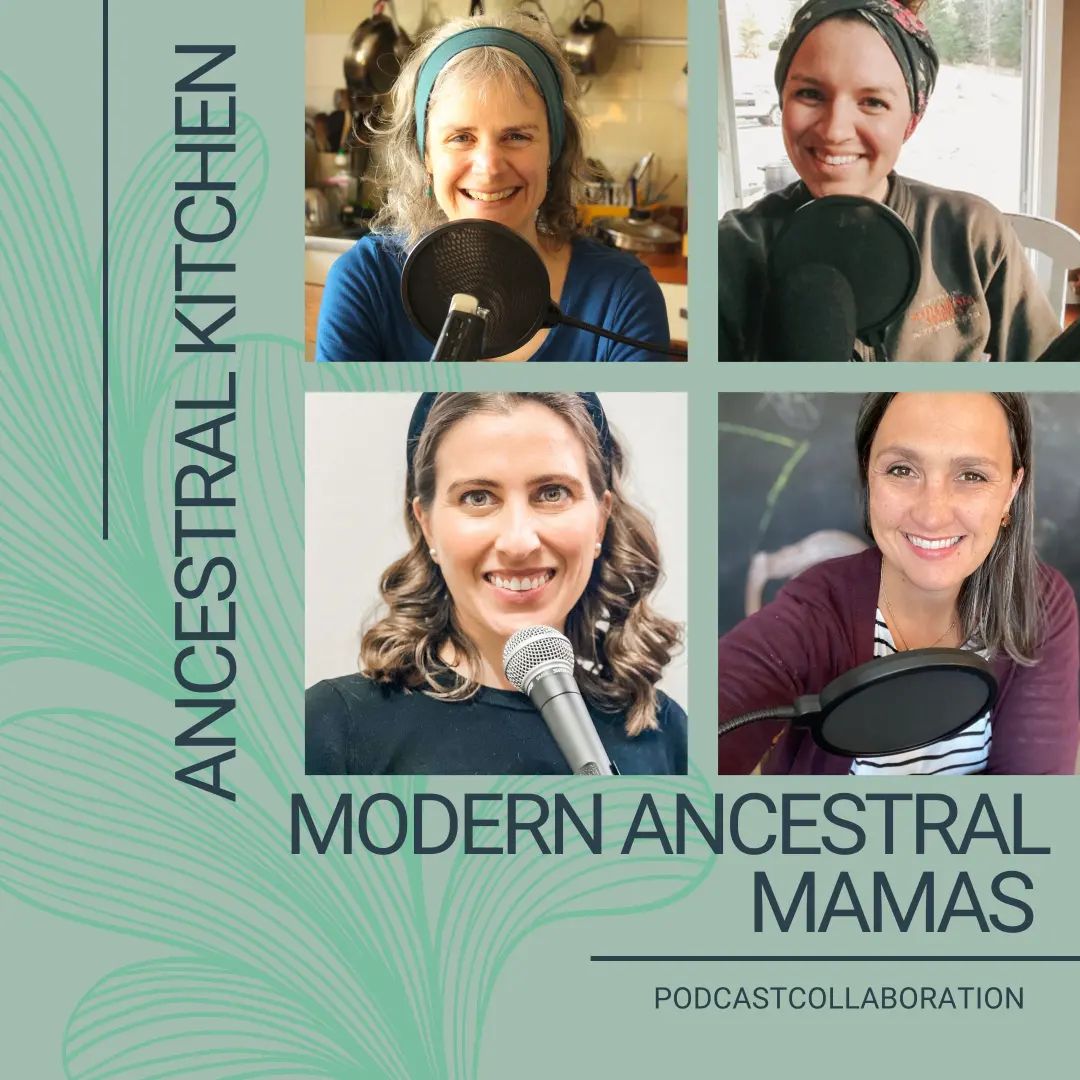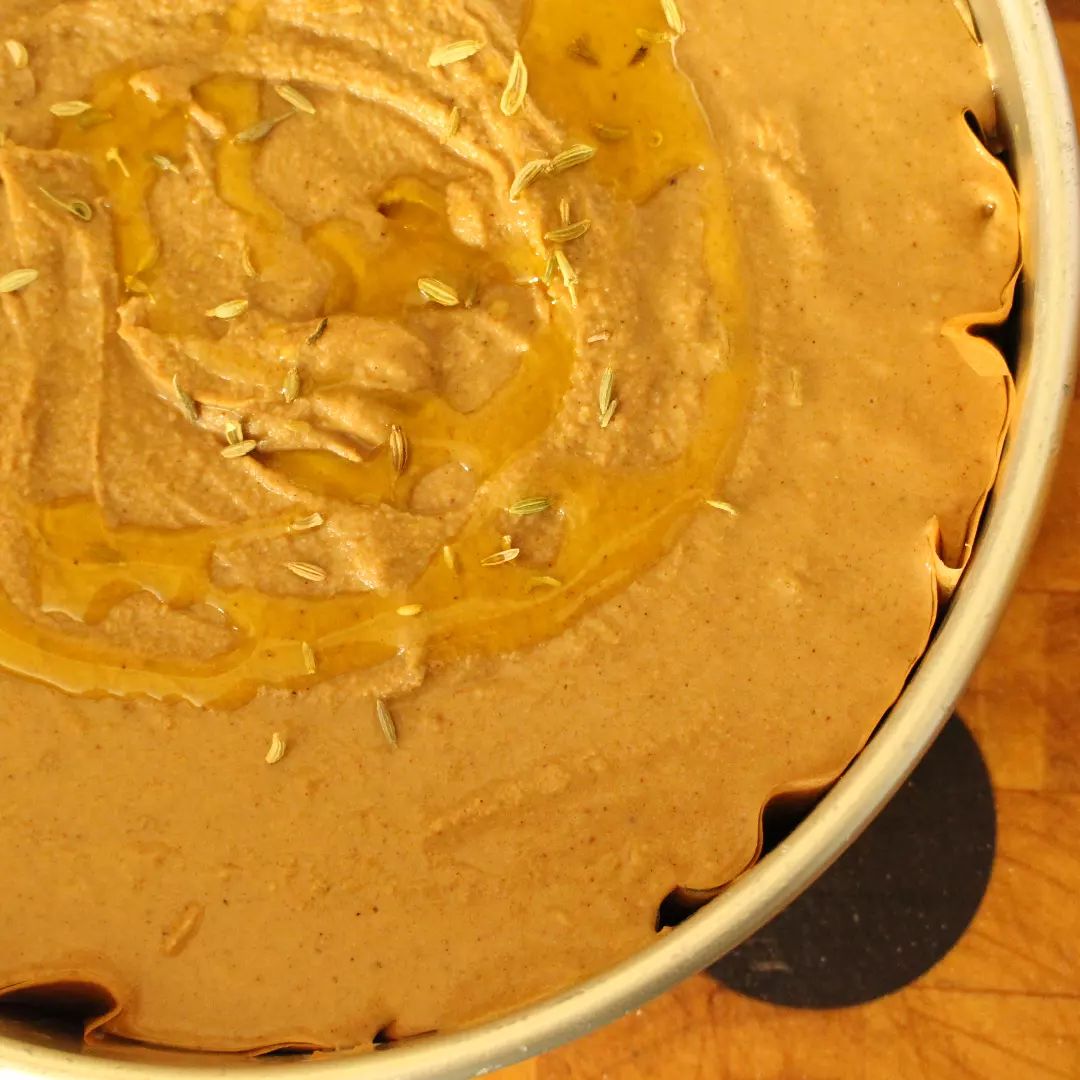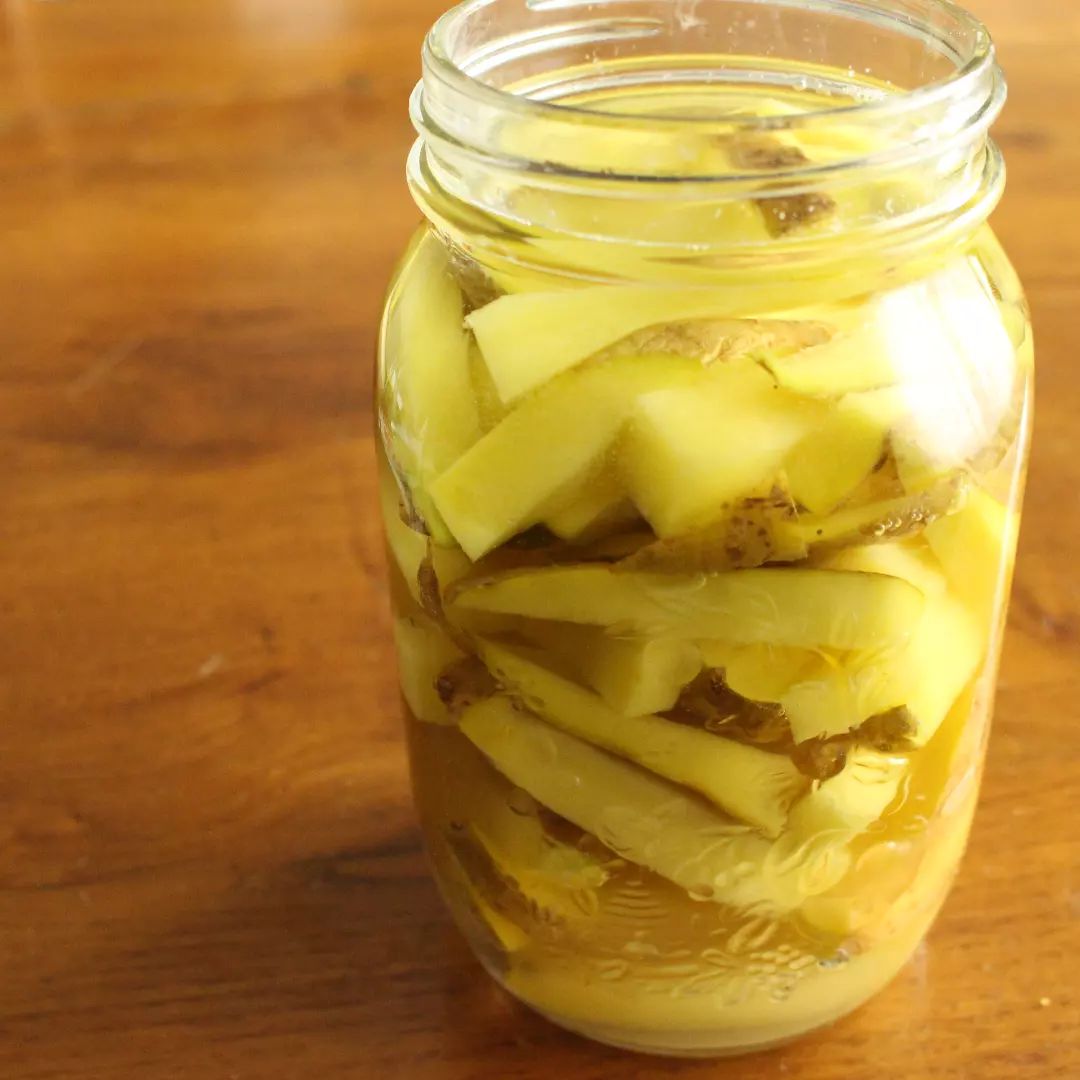
Yes, we have home-made chocolate today, but really, in my mind, nothing shouts “I love you” more than making your family fresh bread.
.
This is a wholegrain spelt sourdough, risen with a wholegrain rye starter. It is one of the breads that works for my family. But bread should not be prescriptive – that’s why when @farmandhearth and I put a bread prompt in the @ancestralkitchenpodcast 2022 challenge, we made it all-emcompassing: “Make a bread that works for you and your family”.
.
Whether it’s wheat, spelt, rye, buckwheat, gluten-free, lectin-free, gaps or paleo, there’s a bread out there that will serve *you*. And getting your hands in the dough, being part of the alchemy of bread can bring you much joy!
.
I’ll be posting some of my ‘alternative’ (said with a slight cough, as they have all sorts of things inside) breads over the coming weeks. In the meantime, if getting your sourdough starter going is a must, you can get access to the recordings from my ‘Make & Maintain a Rye Sourdough Starter’ Zoom last Saturday by signing up via the link at the top of my linktr.ee. I’ll be sending them out later in the week.
.
And the Ancestral Kitchen Ccallenge 2022 is at www.ancestralkitchen/com/challenge.
… Read More
